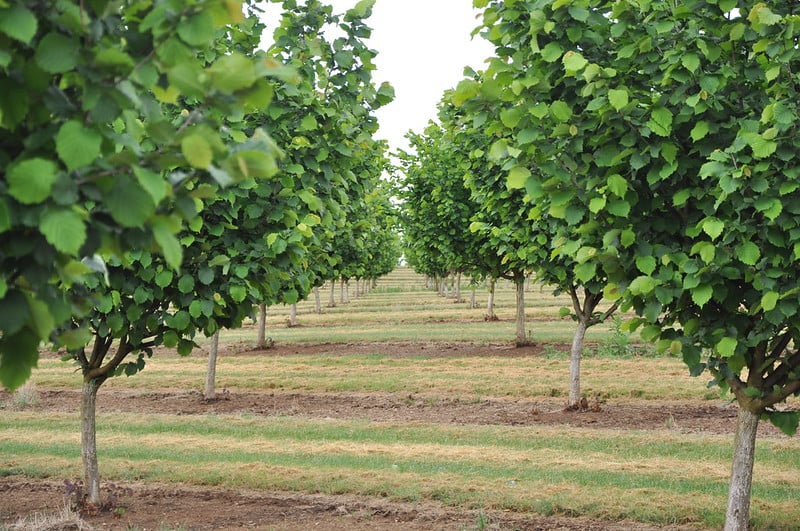“The single most limiting factor for agriculture producers is water,” says Dr. Samuel Sandoval, an associate professor and water management specialist at the University of California, Davis. “You can grow many things without soil. Without water, nothing grows.”
After a statement like that, you might think Sandoval isn't much interested in soil health. But there's a catch: in practice—especially for growers where water is scarce—water management and soil health are inextricably intertwined.
“Soil is the connector between plants and water,” Sandoval says. “If we think of soils as a sponge, the soils that have larger pores are more absorbent and will hold more water. Improving soil health increases the soil's capacity to store water.”
"Healthy" soil has the right combination of chemical, physical, and biological attributes needed to sustain life. Roughly half its volume is solid materials (clay, silt, sand, minerals, organic material, and biological life), and the other is tiny pockets of air and water. This porous structure is what allows for water infiltration, air exchange, and root penetration—all necessary for plant health.
When these pockets of air and water get clogged or compacted, water runs off the soil quickly rather than being absorbed and stored for use by the growing crop. That means that for any grower—whether operating a vineyard, orchard, or farm—building soil health is one component of an effective irrigation strategy.
Supporting microbial life
Preserving healthy soil means supporting the biological life within it, such as bacteria, fungi, protozoa, nematodes, earthworms, and arthropods. The roots of plants provide these organisms with nutrients and habitat—and in turn, they process soil nutrients into forms that plants can use.
In addition to protecting soil structures by reducing erosion, low-till or no-till farming is one way to to keep the earth hospitable to microbial life. Cover crops have great potential to boost soil health indirectly by reducing the need for tillage, and directly by providing nutrients and organic matter.
“Cover crops can add the needed diversity to crop fields while also addressing specific needs for growers,” notes Miguel Garcia, Sustainable Ag Program Manager at Napa Resource Conservation District. Legumes add nitrogen; brassicas suppress fungal pathogens and promote disease-suppressive bacteria. Cover crops with large single roots like radishes and turnips break up compaction, while grasses with multiple roots control erosion.

The Napa RCD is conducting ongoing studies to gain insights into the impact of tillage on soil health in Napa vineyards.
“Treating cover crops with the same respect as your crop will enable you to benefit from all the advantages they can bring to your operation,” says Sandoval.
More ways to protect soil structure
When cover crops aren't an option, mulch can also help protect soil structure from erosion by wind and rain, as well as from excessive evaporation in hot conditions.
And while cover crops add organic matter to soils as they decompose, using compost as soil amendment is an alternative for growers who need to add organic matter more quickly.
Compost can be commercially obtained or made on the farm, added into the soils or injected into some irrigation systems. Either way, the slow release of nutrients from compost gives microbes a boost.
Healthy soil and irrigation
Healthy soils rich in organic matter resist compaction and have an increased water holding capacity. This directly affects irrigation strategy: Sandoval says that the right soil management practices in conjunction with optimal irrigation strategies can potentially help growers reduce water use by 10 to 20 percent.
Garcia agrees that soil health and effective use of water go hand in hand. “The USDA believes each acre of soil can hold an extra 25,000 gallons of water with every 1% increase in soil organic matter," he notes.
“The first step to building soil health and improving your water management is soil testing. Knowing what the soil is lacking and how much water it’s currently holding, you can design a specific plan for each field. Your local resource conservation district staff is happy to help.”
